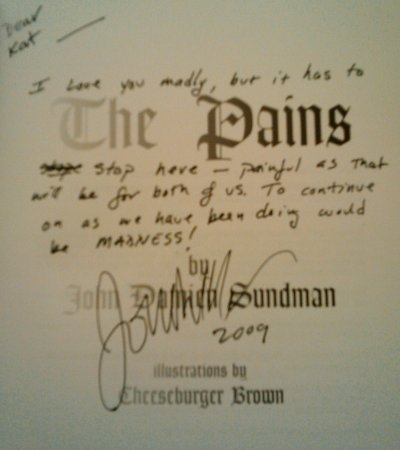More and more, I’m feeling like a volunteer for the “Mark Sanford in 2012 Committee” finding out what “hiking the Appalachian Trail” really means. I have been a huge supporter of this program from the beginning. Even though I have had some concerns along the way, I have tried to keep the faith.
But the more I see about how this will get implemented, and the more deeply I delve into the details, the more I worry that a potentially great program capable of fundamentally altering our broadband future for the better to something so ridiculously screwed up that we will actually lose ground on both future funding and future policy.
The thing that finally broke my willingness to believe was this eyewitness report I got from my brother and business partner, Shmuel Feld, who attended the first NOFA Workshop held Tuesday, July 7 here in DC. A representative from RUS was explaining how applicants must fully document “unserved” and “underserved” at the census block level — but without access to any carrier data because carriers regard this as proprietary. Then, assuming the application survives to the NTIA/RUS “due diligence” round, the agency will invite broadband access providers in the area to submit confidential information to demonstrate that the area designated by the Applicant is not underserved or unserved. The applicant will have no opportunity to rebut any evidence submitted against the Application. From my brother’s report, this prompted the following exchange:
From Audience: If we, the people, do not know where the (BB) structures are or what the penetration numbers are and the big companies are not sharing these numbers or can deny them in the second round (when it is convenient) under the due diligence investigation, then how will we find out all of the information necessary for the application?
(Direct quote of RUS guy): Well that’s quite a challenge, isn’t it?
The RUS guy’s next line was a suggestion like “boots on the ground and canvassing a county” I could not hear him clearly because of the (I am serious) laughter.
OK, let me explain something to anyone from RUS or NTIA reading this. Giving Applicants an impossible task is not a “challenge.” It is a recipe for failure and a sign that you — NTIA and RUS — have screwed up big time.
I explore what I think is happening, and how it might still get fixed in time to save both the broadband stimulus package and the future of BB policy for the rest of the Obama Administration, below . . . .




